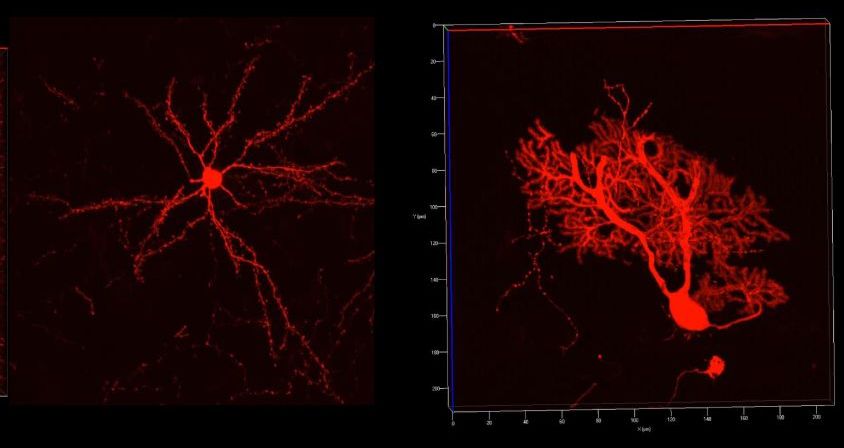Apr 15, 2020
AI Is Helping Us Combat The Economic Problem Of Human Trafficking
Posted by Genevieve Klien in categories: economics, robotics/AI
When we think of human trafficking, we often think about the despondent faces of women and children who live in slums all over the world. What if human trafficking is much closer to home than we think? In 2019, Markie Dell, stood on the TEDx stage to recount her experience of being a domestic human trafficking victim. She was an awkward teenager who was groomed by a girl that she befriended at a birthday party. She was subsequently kidnapped, drugged, sexually violated, intimidated at gunpoint into dancing in strip clubs for an entire year.
She didn’t know that she was a human trafficking victim until a police officer handed her a book called, “Pimpology”. Then, she knew that she was being human trafficked.
Continue reading “AI Is Helping Us Combat The Economic Problem Of Human Trafficking” »


















